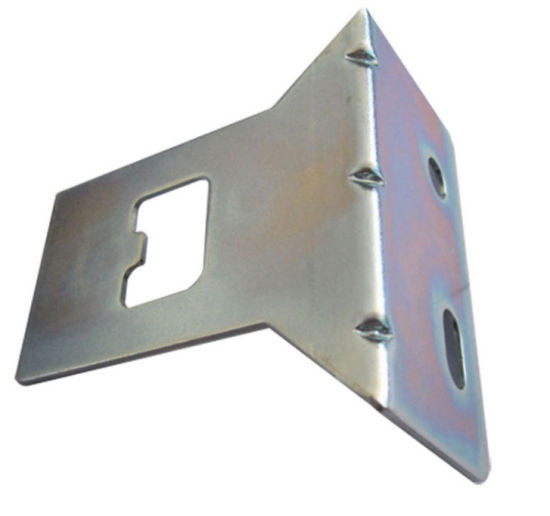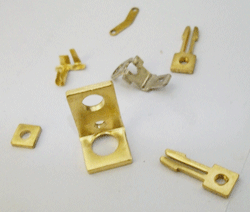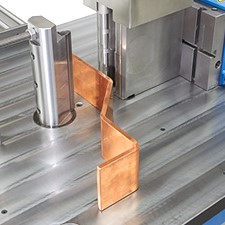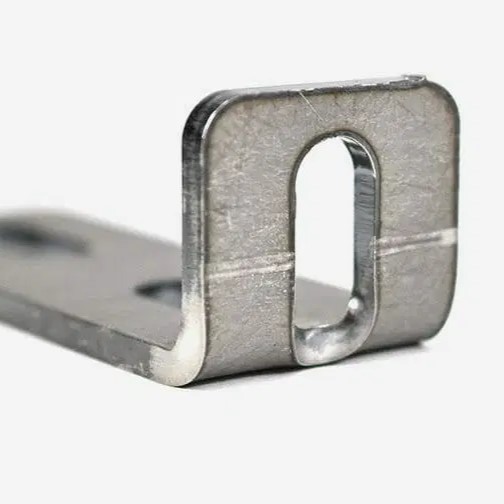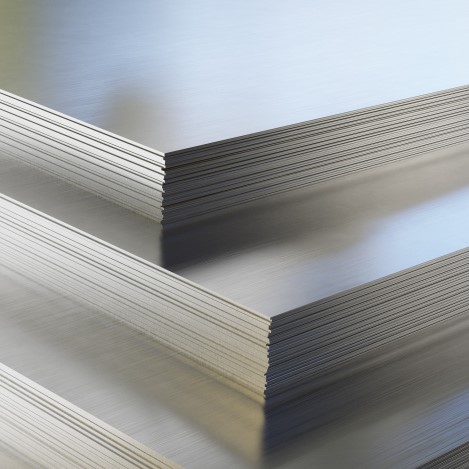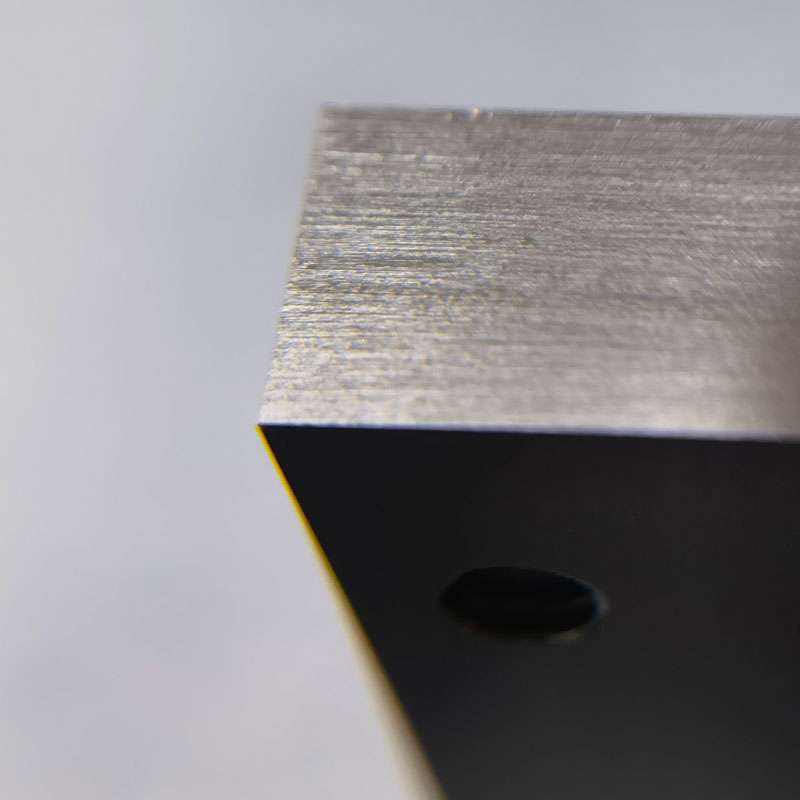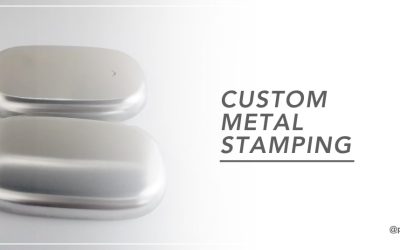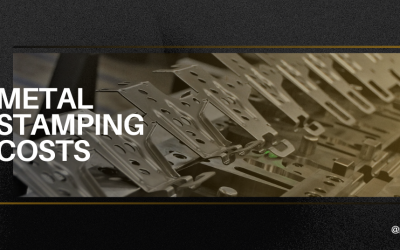CAPABILITIES
Sheet Metal Bending
Deliver accurate angles with our bending services, achieving a final product that fits within tight tolerances
- ISO-2768-c
- Lead time as fast as one day
- Aluminium, Steel, Stainless Steel and more





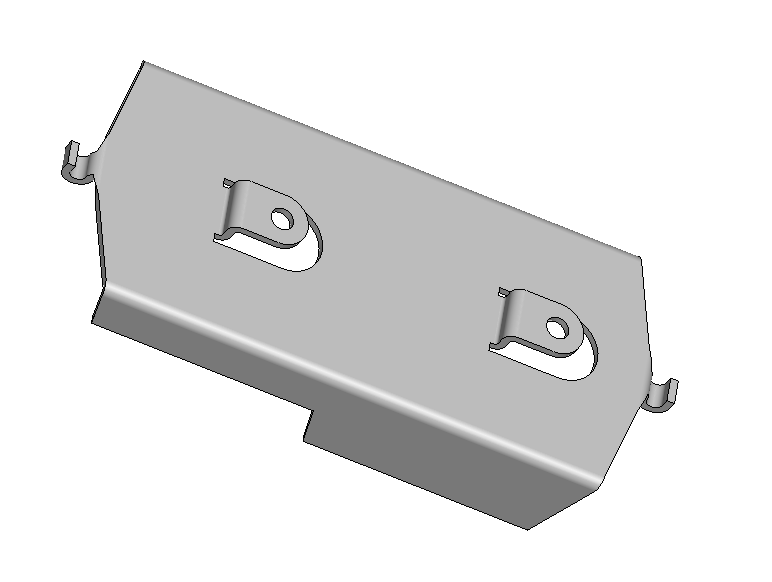
All uploads are secure and confidential.
Why Choose Our sheet Metal bending Service
If you need any bending service for your project, Prolean is where you can get your parts created from Precise bending operation. The ability to bend objects depends on their thickness, kind of material, and intended use. Accurate bending to meet your needs is difficult, but we make it simple. Thanks to our cutting-edge machinery and qualified engineers, we will continuously fulfill your quality, service, and delivery standards.
Our Sheet Metal Bending Capabilities
Features |
Info |
| Bend angle | 1° |
| Thickness | 0.5mm-8mm |
| Part size limit | 4000mm*1000mm |
Materials for Sheet Metal Bending

Aluminum CNC Bending
Aluminum is a superior metal in terms of strength-to-weight ratio. It offers High Machinability, ductility, and thermal & electrical conductivity. Parts with aluminum also become highly resistant to corrosion.
Subtypes: 5052, 5083, 6061, 6082
Brass Bending Part
Golden shiny color, low friction, excellent Machinability, and high electrical & thermal conductivity. Brass can be easily machined and the best choice for low-friction applications.
Subtypes: C360, H59, H62
Copper
It offers good strength, hardness, and excellent corrosion resistance with superior heat and thermal conductivity. It also has a very appealing aesthetic.
Subtypes: 101, C110

Steel Sheet Metal Bending
High mechanical strength, toughness, resistance to wear and fatigue, and sturdiness. In addition to carbon, other alloying elements can be added depending on the needed mechanical and physical qualities.
Subtypes: 1018, SPCC

Stainless Steel Sheet
High mechanical strength, Thermal, Wear, and Corrosion resistance. Stainless steel is low-cost and can be machined easily. Parts made from Stainless steel are durable and do not lose that strength over time.
Subtypes: 301, 304, 316
Finishing Options For Sheet Metal Bending
We provide various surface finish options for your sheet metal project. If your required surface treatment is not listed below, feel free to contact us for more options.
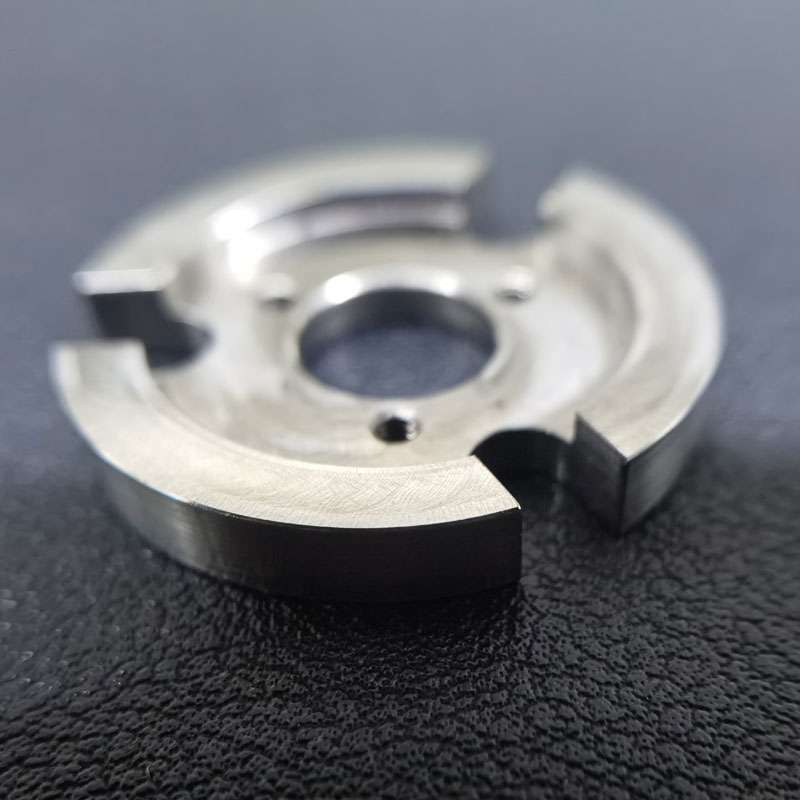
As the machined or deburring
The machined or deburring finish is the standard finish where unwanted attach chips are removed with deburring tools, and sharp edges are chamfered to smooth the surface (3.2 μm).
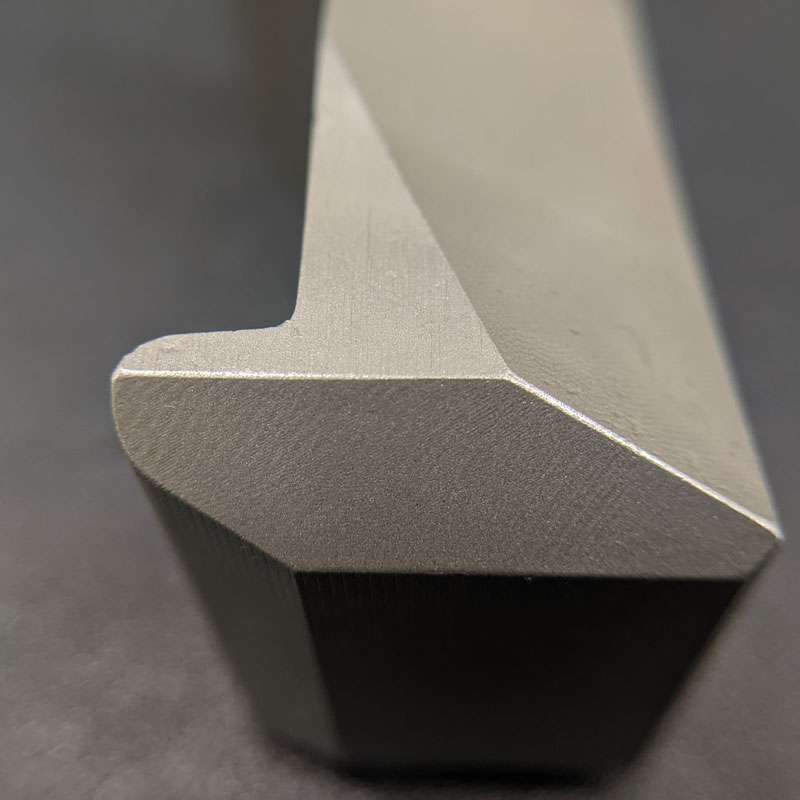
Bead Blasted
Bead blasting produces a matte texture, removing all the marks of machining tools. It applies to ABS, Aluminum, Brass, Stainless Steel, and Steel parts.
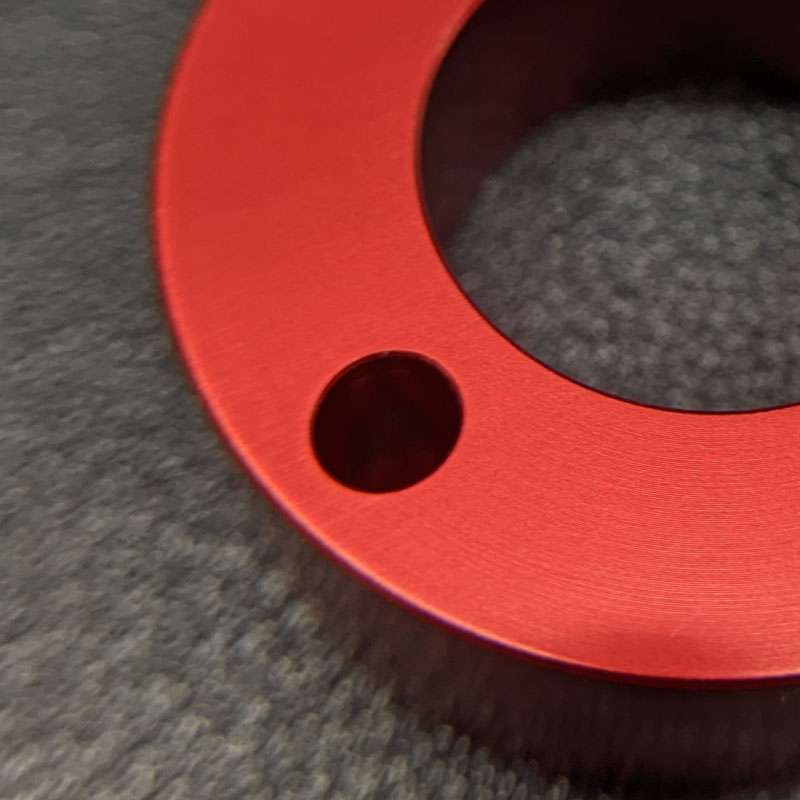
Anodizing
Anodizing involves adding an aluminum oxide coating to aluminum and its alloys. The layers, which come in various colors, increase strength and shield the surface from corrosion.
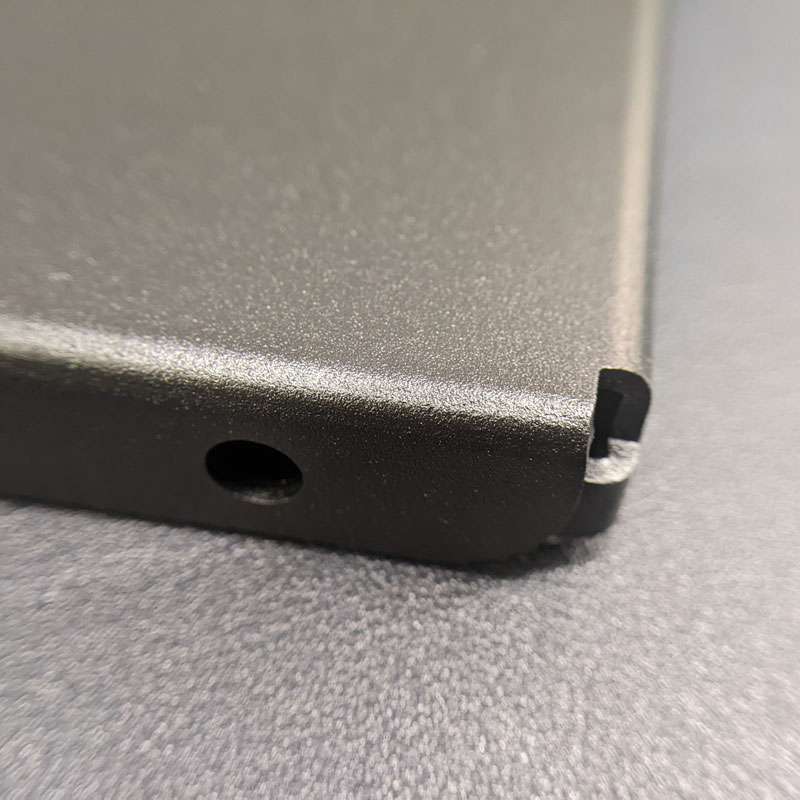
Powder coating
Powder coating is the electrostatically applying of dry powder to the surface. It produces a thin layer providing excellent resistance to wear, corrosion, and abrasion.
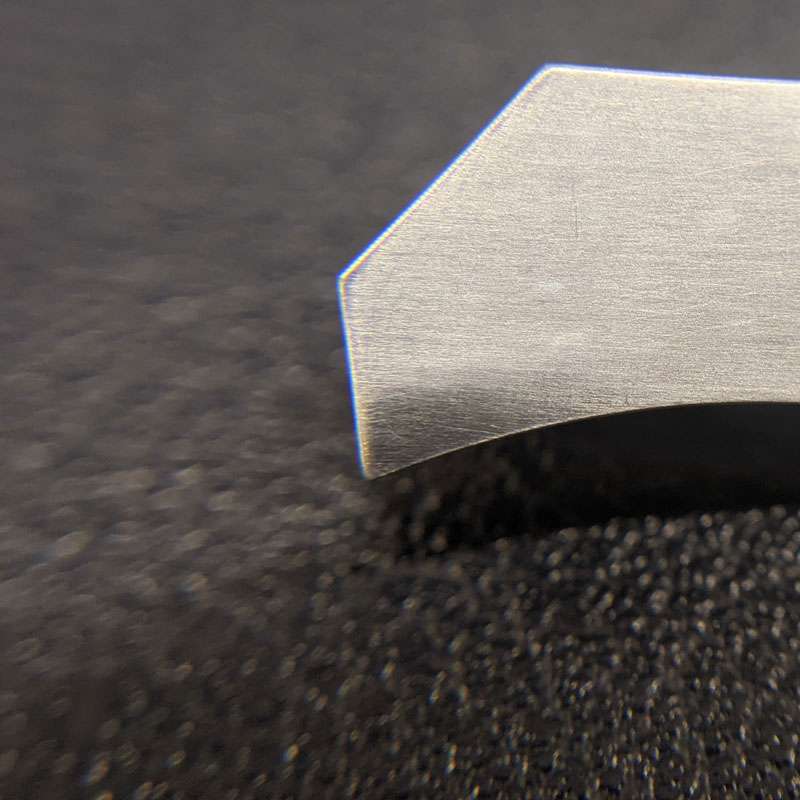
Polishing
Physical rubbing of a metal surface to create a shiny surface is called a polishing surface finish. It increases the reflectivity and does not affect the dimensional stability of parts.
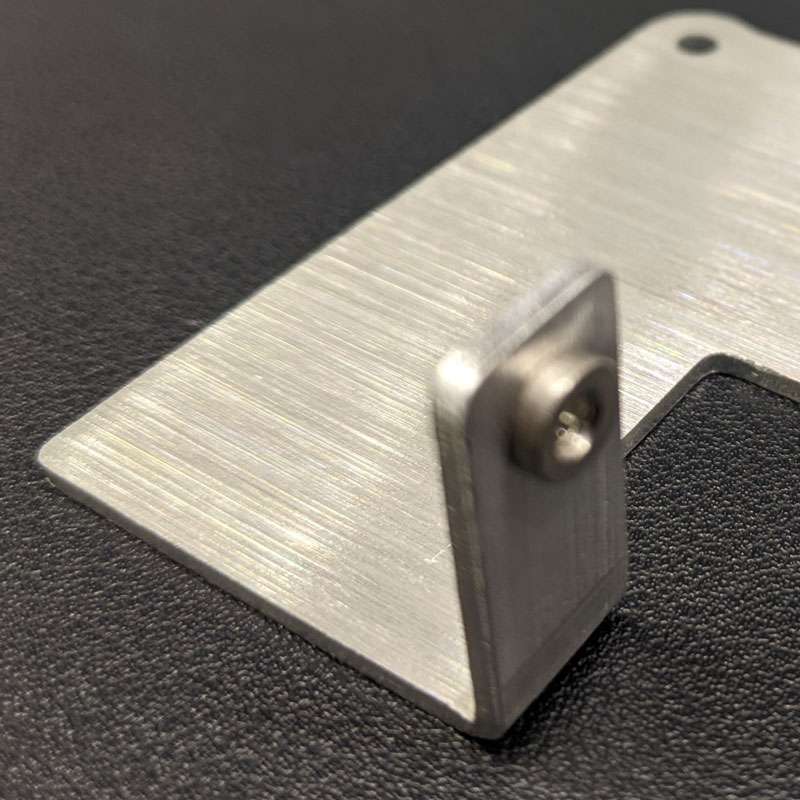
Brushing
Brushing is achieved by applying an abrasive brush to the metal surface, which produces a unidirectional satin finish. And it is not recommended for highly corrosive materials.
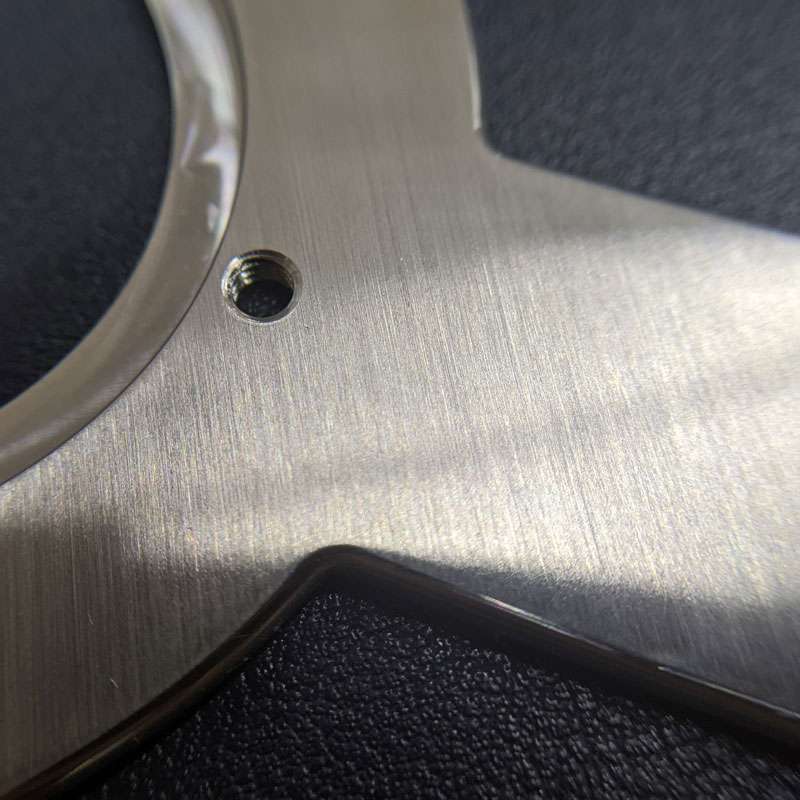
Smooth machining
Smooth machining is done by controlling the machining process, such as feed rate & cutting speed. It minimizes the tool marks and risk of corrosion.
Black-Oxide
Black oxide finish reduces surface reflectivity and offers mild corrosion protection. It involves adding a thin layer of magnetite to the surface.
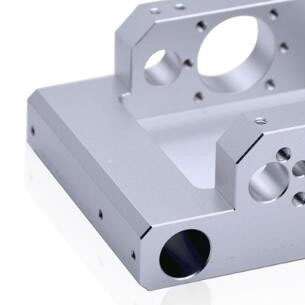
Fine machining
The higher-precision machines produce delicate machining surfaces by utilizing sharper tools and regulating feed rate and cutting speed. Surface roughness up to Ra 0.8 μm can be maintained with smooth machining.
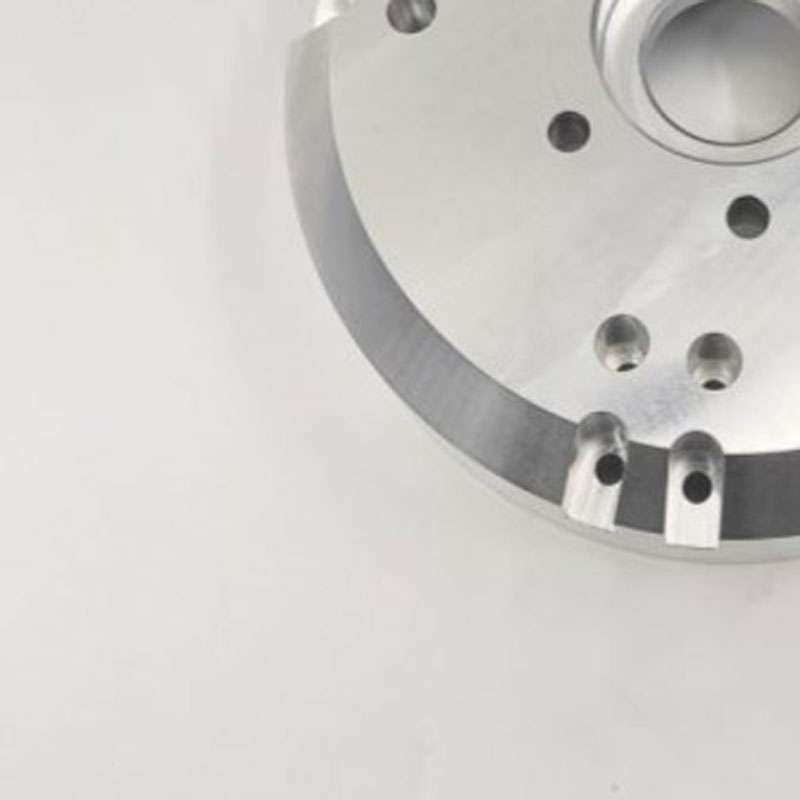
More
Provides a random, non-linear texture with a shiny, high gloss finish. However, it might be unable to create sharp corners and pockets
Sheet Metal Bending Tolerances
Dimension detail |
Tolerance(+/-) |
| Edge to edge, single surface | 0.005 inch |
| Edge to hole, single surface | 0.005 inch |
| Hole to hole, single surface | 0.002 inch |
| Bend to edge / hole, single surface | 0.010 inch |
| Edge to feature, multiple surface | 0.030 inch |
| Over formed part, multiple surface | 0.030 inch |
3 Ways to Ensure Perfection
Standards
Metals: ISO-2768 fH (fine)
Plastics: ISO-2768 mK (medium)
Metric threads tolerances: ISO 965-1 standard UN Threads Tolerances: ASME B1.1-2003 standard
Knurling: ISO13444:2012 standard.
Our factory is ISO 9001:2015 certificated
Inspection and Protection
Constant visual inspection conditions
Quantification of cosmetic surface quality
Process requirements
Part cleaning and Protection
Quality Inspection Report
Inspection Confirmation
Dimensional confirmation
Appearance confirmation
Quality documentation
Technology Overview
Introduction
If you need any bending service for your project, Proleanis where you can get your parts created from Precise bending operation.
The ability to bend objects depends on their thickness, kind of material, and intended use. Accurate bending to meet your needs is difficult, butProlean’s makes it simple. Thanks to our cutting-edge machinery and qualified engineers, we will continuously fulfill your quality, service, and delivery standards.
What is Sheet Metal Bending?
Bending is the manufacturing process in which Sheet metal is transformed into desired shapes by applying pressure along an axis. The shape is created during the bending process through plastic deformation in the bending position.
The traditional bending machines struggle to obtain correct bending angles, and it may take a long time for them to turn at proper angles since they must undergo numerous Hits & Trial Steps. While CNC bending machines operate according to pre-programmed instructions and allow the setting of different bending angles following the desired bending positions, they are faster and more accurate.
CNC bending method produces exact dimensions according to the uploaded CAD file because this technique is more automated and accurate in bending sheet metal than traditional ones. The sheet is shaped using a hydraulic mechanism (Press brake) that the computer can fully control.
Advantages
- Complex shapes are possible, including triangles with bent corners and all types of curves up to entire circles.
- Less production time
- A high degree of accuracy on bending angle
- Less production time
- Cost-effective
- High Working efficiency
- Design flexibility
- Less post-processing
- Reduced number of parts
Types of Bending
In air bending, the outside edges of a die & punch tip are used to create the bend on sheet metal. Because it requires significantly less tonnage to bend than other forms of bending, it is the most popular among manufacturers. Additionally, air bending offers more flexibility in shape and bending radius.
Rotating cylinders with a V-Opening are used in rotary bending. It is used when a bending angle larger than 900is required. For pre-painted or damaged surfaces, it works best. The roll bending process is used for sheets and bars. The primary purpose of this process is to induce a curve shape bar into the straight plate.
Coning produces consistent bending over sheet metal workpiece like coins that are uniform in shape. It is a straightforward process in which sheet metal is stamped between the punch and die. With Coining, a small tolerance & a high degree of reproducibility can achieve. Additionally, the interior radius can be decreased to any desired level.
Folding, wiping, Joggling, and Elastomer are the other types of bending used in manufacturing.
Applications
CNC Bending is used in various industries to make several pieces of equipment and parts. Some of them include;
- Automotive components
- Pipes and tubes
- The exterior of aircraft and other parts
- Defense
- Hardware components
See why customers dig us
I am delighted with the Service from Prolean regarding the prototype development for my research. I have never expected this type of regular communication and quality of service from any manufacturer.
I will be associated further with my upcoming projects! Thanks to the ProLean.
-Gresham Green, Individual Engineer
Last year I looked for custom manufacturers for laser cutting services on the internet and found ProLean.
I get help with great patience and understanding, which may be why I am still working with Prolean on various laser-cutting and bending tasks for my current sheet-metal fabrication project.
-RupakDhital, Owner at Awai Auto Trading
The HVAC Cabinet was marvelous, within the critical tolerance, and the surface finish was excellent.
The supply duct connection, seal, and evaporator coil cover all worked as expected. I will recommend your service to my friends and other HVAC Businesses.
Thank you for your Exceptional service and communication.
-Dilara Ayden, Owner of Delta Engineering
It was a pleasure to collaborate with Prolean to manufacture enclosures for electronic appliances. As a purchasing manager of EPCOS electronics, I am impressed with the integrity, communication, service, and quality that they continually deliver.
I believe that regardless of size and production volume, they consistently uphold the same level of service and fulfill their commitments.
-Elias Weber, Purchasing manager at EPCOS electronics
The 15″ steel conveyors are perfect. The parts were fabricated accurately as per the drawing and provided specifications. Weld is exceptionally accurate and falls within tolerance parameters.
The conveyor had markings on each component, making assembly simple. I appreciate the excellent service you provided.
-Scarlett Scott, Quality control Engineer at Yancoal Industry
An excellent job regarding manufacturing cans for our energy drinks products. I get the delivery within 14 days.
The stamping looks good, and the desired strength has been maintained within the range. I will continue your service for the next batch as well. I want to share that the pricing was under my budget. Thank you, Prolean, for contributing to our start-up.
-Kartik Gupta, Product designer at Vital Beverage
Similar to the product, the service was exceptional. The delivery of oxygen-cylinder prototypes within ten days was not what I had anticipated; it is unbelievable. We are testing the prototype and will collaborate with Prolean for the large-scale production.
Excellent service, and I greatly appreciate the workmanship and product quality. Thank you!
Shu Chuan, Mechanical Engineer at AMS Composite Cylinders
Prolean has met all the expectations regarding all the complex sheet metal fabrication work presented by our service department.
The quick response from prolean has allowed us to meet our client's needs. In addition, I have often found that their engineers are always ready to think out-of-the-box to provide excellent service.
-Christina Smith, Mechanical Engineer at Marlin steel wire
Sheet Metal bending FAQ
What are the Material Options for CNC Bending at Prolean's?
We have various material options for your bending Including, Carbon Steel, Stainless Steel, Aluminum and its alloys, Copper, and Brass.
How Large of Size can be bent at Prolean's?
With the help of our Advanced CNC bending machine, We can bend sheet metal from just a few millimeters to several meters long.The largest bending part size can reach 4m*6m.
Do you offer a Bending service?
We offer custom metal bending services for various industries, including automotive, Medical, recreational vehicles, energy, aviation, and military. We will consistently meet your expectations for quality, service experience, and delivery thanks to our sophisticated equipment and experienced engineers.
What is the Bending Tolerance that Prolean Offers?
Our fully computer-controlled Bending machines can maintain a tolerance of ± 0.25 mm in length and ±1 degree in bending angle.
What is the minimum bend radius I should maintain in my design?
The sheet metal’s thickness affects the minimum bending radius. A straightforward rule in manufacturing states that “the bending radius cannot be less than the thickness of the sheet metal.” So, for instance, the bending radius should be at least 1mm if your sheet is 1mm thick.
Related Blog
Custom Metal Stamping: A Practical Guide
Uncover why custom metal stamping is an economical fabrication method?
How to Bend Aluminum Sheets – 5 Efficient Techniques
Learn How to Bend Aluminum Sheets? Different Bending Techniques
Metal Stamping Costs: Estimate Your Project Accurately?
Explore the key factors influencing metal stamping costs to optimize your project for affordability.
Get Your Parts Made Today
All uploads are secure and confidential.

